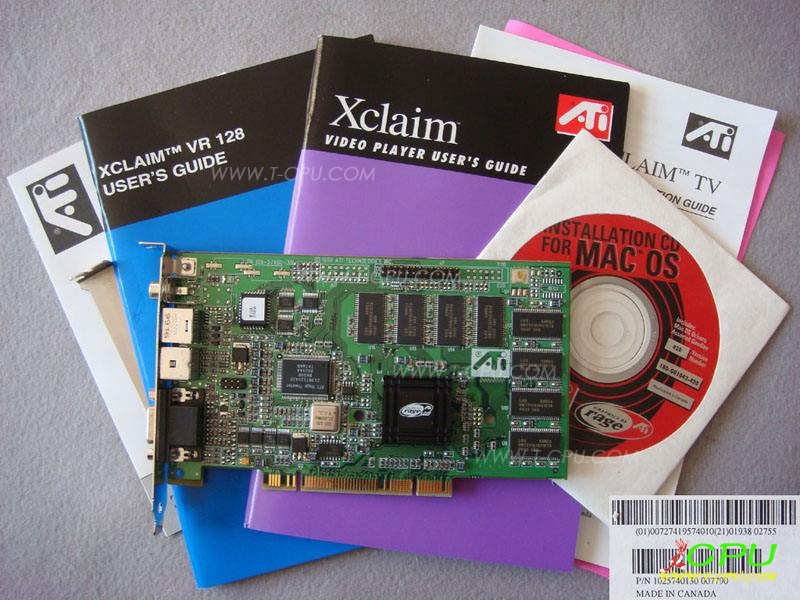

- Retroarch pcsx rearmed memory card how to#
- Retroarch pcsx rearmed memory card software#
- Retroarch pcsx rearmed memory card Pc#
Contrast this to GNU Lightning where we are sitting at 3.6MB non-stripped. When statically linking this in, the core could become as big as 80MB non-stripped and 60MB stripped. Parallel RSP has been completely rewritten to use GNU Lighting instead of LLVM.
Retroarch pcsx rearmed memory card how to#
How to update your cores in RetroArchĪ – If you have already installed the core before, you can go to Online Updater and select ‘Update Installed Cores’.ī – If you haven’t installed the core yet, go to Online Updater, ‘Core Updater’, and select the core from the list that you want to install. We are listing changes that have happened since then. Below we detail the most significant changes to all the Libretro cores we and/or upstream partners maintain.
Retroarch pcsx rearmed memory card software#
These are assumptions that RetroArch can't make, unfortunately, because we support a wider variety of software that behaves unpredictably.Our last core progress report was on January 9, 2019. Dolphin may be able to handle these things differently because they know in advance that exactly 0% of the games they support need to write to their SRAM (in this case, a memory card) *unless they are saving*, and likewise perhaps 0% of them freak out if SRAM changes wildly from one frame to the next. With that said, users who lose SRAM data due to a crash (or killing the application externally) often say "no other emulators do this", when in fact almost all of them do, aside from Dolphin. <- This is what happens if you don't include SRAM as part of the state that gets saved/loaded. That's related to this same issue because: games that use SRAM as regular scratch RAM will freak out (glitch, crash, etc.) if you load a state and their RAM no longer makes sense-i.e., because it comes from another point in time.
:max_bytes(150000):strip_icc()/Webp.net-resizeimage17-5bd739b646e0fb002690e293.jpg)
(for the record, we have added the SRAM flush interval option to mitigate the problem by flushing to file every X seconds if it has changed since the last flush, but never more often than every X seconds) This is necessary because some games write to SRAM as regular RAM, which means-if you write each and every change to disk right when it happens-it would be writing to your HDD (or SSD or microSD) on every frame (i.e., 60 times per second). It typically happens on exit and SRAM is stored in your PC's volatile RAM until then. There is a related issue that also trips people up: when exactly SRAM is written to file. The SRAM is part of the state, so when you load a state, it pushes its SRAM status at the same time. Just to make sure I wasn't nuts I tested the Dolphin version of Resident Evil 3 Nemesis which is only other emulator I have installed on this computer currently and the save states / internal memory cards work as I would expect (save state, make internal save, load state, internal save is still there after I load state made prior to it existing.) I'm guessing it's just a way certain emulators handle consoles that have external memory cards.Īs others mentioned in your post on Resetera, this is how the vast majority of emulators function. What I would like to be able to do is use a save state but still keep the internal PS1 memory card intact being able to load internal saves made further in the "future." Is this just straight up not possible with Retroarch? Is there some dumb setting I need to switch on in order to be able to do this? Also what other alternative PS1 emulators have decent PGXP options? Settings > saving > and turning don't overwrite saveram when loading savestate to on RetroArch save states seem to save a snapshot of the memory card as well? I was looking at a couple reddit posts of people with maybe? similarish problems and I seen a potential fix posted was going to: Every emulator I've used prior to this, when you make a save to the internal memory card the saves are always there regardless of if you save or load a state. Now if I load a save state prior to having made the save to the internal PS1 memory card, all internal saves that were made after that save state was loaded are gone. So I'm playing thru Parasite Eve currently, if I make a save file to the internal memory card, everything behaves as intended. I've been messing around with the Beetle PSX core and ran into a frustrating issue that I don't think I've ever experienced on any stand alone emulator I've tried.
Retroarch pcsx rearmed memory card Pc#
So I've always been hesitant to use RetroArch on PC because the UI for navigating the menus, while relatively well designed for phones/other devices kind of stinks on the PC IMO so I'm pretty new to it even though I've been using emulators for over a decade.

Figure posting right at the source may give me some answers. Tried posting this on my usual forums and didn't get much help.


 0 kommentar(er)
0 kommentar(er)
